Caldera: Powering the Next Generation of Scalable Web3 dApps
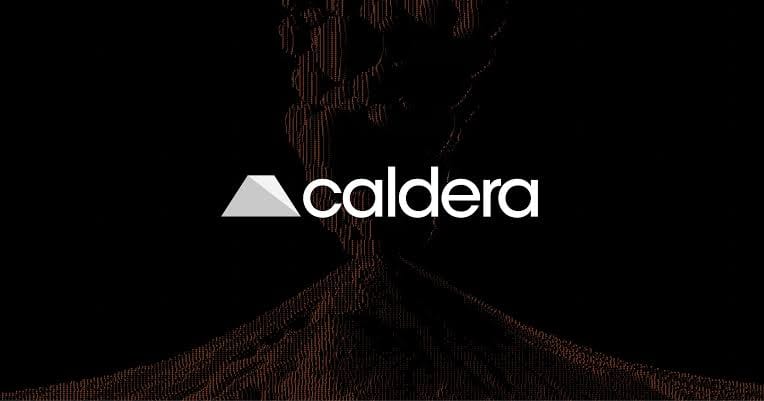
As the Web3 ecosystem matures, decentralized applications (dApps) are reshaping how we interact with digital infrastructure. However, scalability remains a persistent hurdle. Traditional monolithic blockchains—like early Ethereum or Bitcoin—struggle with high gas fees, network congestion, and limited throughput, hampering user experience and developer innovation.
Caldera emerges as a transformative solution, offering Rollup-as-a-Service (RaaS) that enables developers to deploy highly customizable, application-specific blockchains with ease. By simplifying rollup deployment and optimizing performance, Caldera is paving the way for a more scalable, user-friendly, and inclusive decentralized web.
What is Caldera?
Caldera is a next-generation Web3 infrastructure platform that empowers developers to launch dedicated layer-2 (L2) rollups, or “Caldera Chains,” which inherit the security of established layer-1 (L1) chains like Ethereum or Polygon. These rollups delegate execution, consensus, and data availability to specialized layers—unlike monolithic blockchains—resulting in faster transactions, lower fees, and improved flexibility.
Built to accommodate both seasoned blockchain engineers and Web3 newcomers, Caldera offers low-code and no-code tooling, allowing developers to deploy performant rollups without wrestling with complex infrastructure.
With over 100 rollups deployed, 410 million+ transactions processed, and partners including Manta, Apechain, and RARI Chain, Caldera is emerging as a foundational layer in the scalable dApp stack.
The Technology Behind Caldera
At the heart of Caldera is rollup technology, which bundles and processes transactions off-chain before submitting them to an L1 for settlement. This significantly reduces congestion and gas fees on the main chain.
Key Capabilities:
- Customizable Chains: Developers can tailor rollups for specific use cases (DeFi, gaming, DAOs), customizing block sizes, transaction speeds, fee models, and even programming languages.
- High Performance: Caldera rollups achieve thousands of transactions per second (TPS) with sub-second finality, pushing blockchain performance closer to Web2 standards.
- Modular Framework Support: Caldera supports rollup frameworks like Arbitrum Nitro, Optimism Bedrock, zkSync’s ZK Stack, and Polygon CDK, providing flexible deployment options.
- Seamless Interoperability: Through its Metalayer framework and integrations with LayerZero, Caldera enables cross-chain communication, reducing fragmentation across the Ethereum ecosystem.
- Integrated Infrastructure: Each rollup is provisioned with essential tools—RPC nodes, block explorers, bridges, and data indexers—and connects with over 100 infrastructure providers.
- Sustainable Revenue Models: Projects can generate revenue via transaction fees, bridge fees, or MEV opportunities, ensuring sustainable growth.
By abstracting the complexity of blockchain architecture, Caldera frees developers to focus on what matters—building high-impact applications.
Real-World Use Cases
Caldera’s versatility unlocks innovation across several Web3 verticals:
DeFi
Caldera provides a secure and scalable transaction layer for DeFi platforms, eliminating bottlenecks like gas spikes and network delays. Its trustless bridges reduce centralized risk, enabling reliable and secure asset movement.
Gaming
Game developers can leverage Caldera’s high throughput and gasless transactions to create immersive, low-cost player experiences. Studios like Curio use Caldera to power dynamic in-game mechanics such as smart contract-based diplomacy.
DAOs
By enabling DAOs to launch sovereign rollups, Caldera enhances governance token utility and introduces revenue streams through on-chain economic activity, improving both scalability and sustainability.
Consumer dApps
For social platforms and consumer-facing applications, Caldera’s near-instant confirmations and high TPS bring Web2-level responsiveness to Web3 environments.
NFTs & Creator Economies
The launch of RARI Chain with the RARI Foundation demonstrates how Caldera can embed creator royalties at the chain level, enabling scalable and fair NFT platforms.
The Metalayer: Bridging the Fragmented Rollup Landscape
One of Caldera’s most significant innovations is the Metalayer, a framework designed to unify Ethereum's fragmented rollup ecosystem. As rollups proliferate, liquidity and assets become siloed. The Metalayer addresses this by:
- Enabling seamless asset movement and cross-rollup execution
- Reducing complexity around bridging and messaging protocols
- Enhancing composability, collaboration, and network effects
By abstracting interoperability, the Metalayer makes Web3 development more accessible and scalable.
Challenges and How Caldera Solves Them
Despite its promise, modular blockchain development brings unique challenges. Caldera actively addresses these through thoughtful design and partnerships.
- Interoperability Complexity: Cross-chain communication is notoriously tricky. Caldera integrates with LayerZero and develops the Metalayer to simplify inter-rollup operations.
- Developer Complexity: Modular systems can be overwhelming. Caldera’s low-code platform and robust tooling ease integration and lower barriers for newcomers.
- Security Risks: With multiple components, attack surfaces increase. Caldera mitigates this by relying on L1 security, auditing rollups, and continuously enhancing tooling and monitoring.
Caldera’s Growth and Vision
Founded in March 2022 by Matt Katz and Parker Jou, Caldera has raised $25 million from leading investors including Sequoia Capital, Dragonfly, Founders Fund, and Arkstream Capital. To date, the platform supports:
- 50+ rollups
- 1.7M+ unique wallets
- $800M+ in total value locked (TVL)
Strategic partnerships, such as with XPLA (for zkXPLA rollups), Kinto, Zero Network, and Manta Pacific, underscore Caldera’s growing influence in the modular blockchain movement.
Looking ahead, Caldera aims to democratize high-performance rollup deployment and further expand the Metalayer to make cross-rollup interoperability a seamless standard. The vision: an Internet of Chains, where purpose-built blockchains thrive in a unified ecosystem anchored to Ethereum.
Why Caldera Matters for Web3’s Future
As the demand for scalable, intuitive blockchain applications grows, Caldera stands out as a critical enabler. Its RaaS model and interoperability framework empower developers to build responsive, cost-efficient dApps that rival traditional web infrastructure.
For developers, Caldera means freedom to innovate.
For users, it means faster, cheaper, and better Web3 experiences.
For the ecosystem, it’s a leap toward a scalable, composable, and connected future.
Caldera isn’t just solving blockchain’s scalability problem—it’s redefining how decentralized applications are built, deployed, and used. By unlocking the next generation of dApps, Caldera is laying the groundwork for Web3’s transition from niche experimentation to mainstream adoption.
Conclusion
Caldera is not just a technical solution—it’s a strategic enabler for the next generation of decentralized innovation. By lowering the barriers to deploying performant, customizable rollups, Caldera empowers developers to build dApps that are fast, scalable, and economically viable. Its commitment to modular architecture, seamless interoperability, and user-centric design places it at the forefront of Web3 infrastructure.
As the industry moves beyond experimentation toward real-world adoption, platforms like Caldera will be essential in shaping a blockchain ecosystem that rivals the speed and usability of traditional technologies—without compromising on decentralization. Whether you're a developer, founder, or investor, Caldera represents a foundational pillar of Web3’s scalable, inclusive future.
References
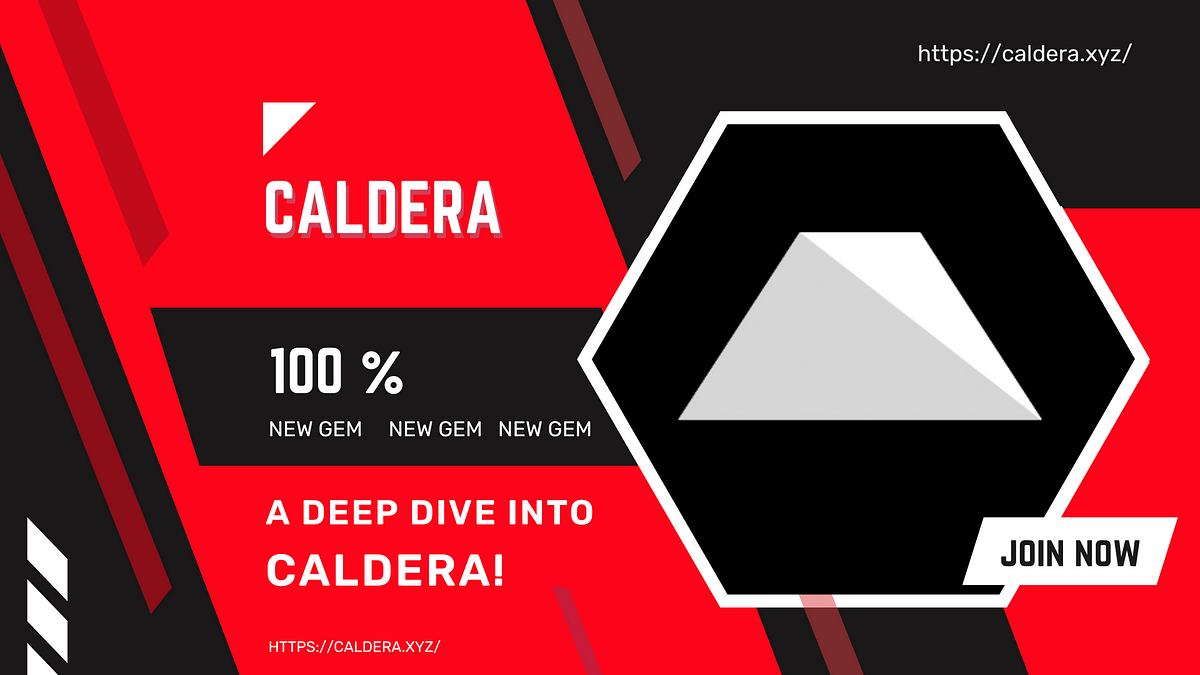
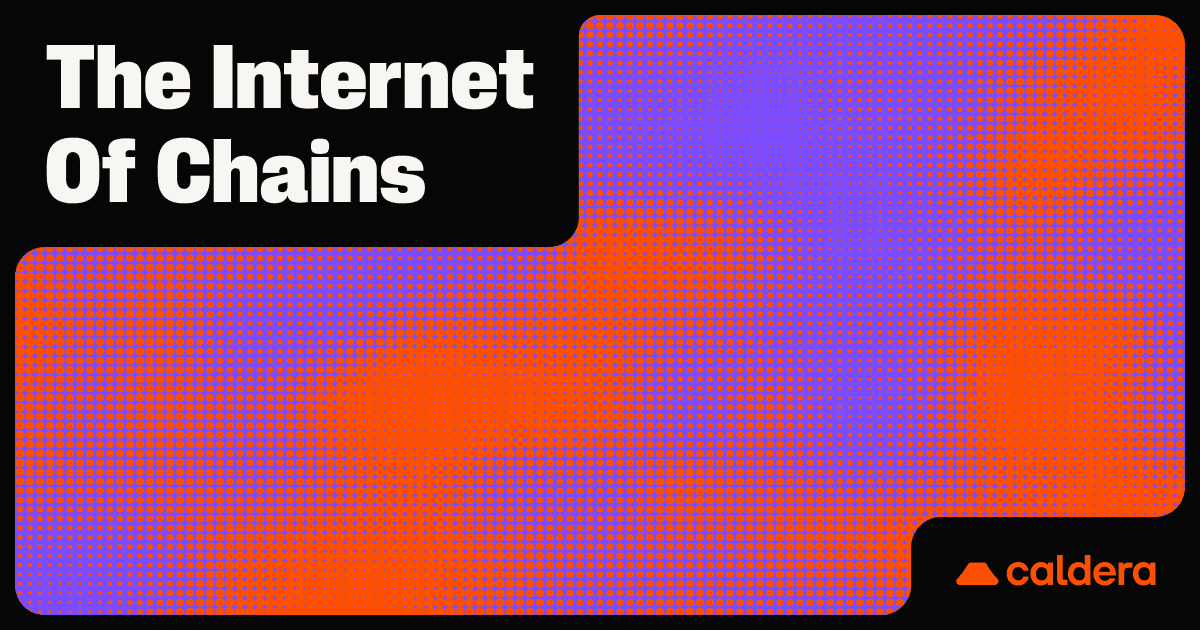
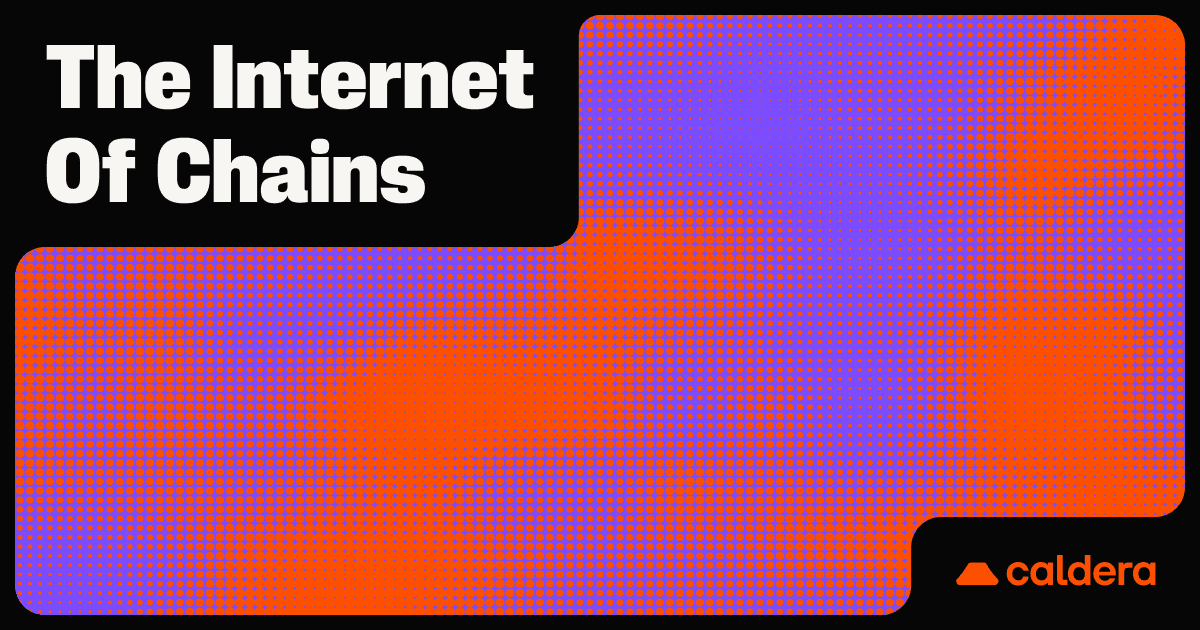
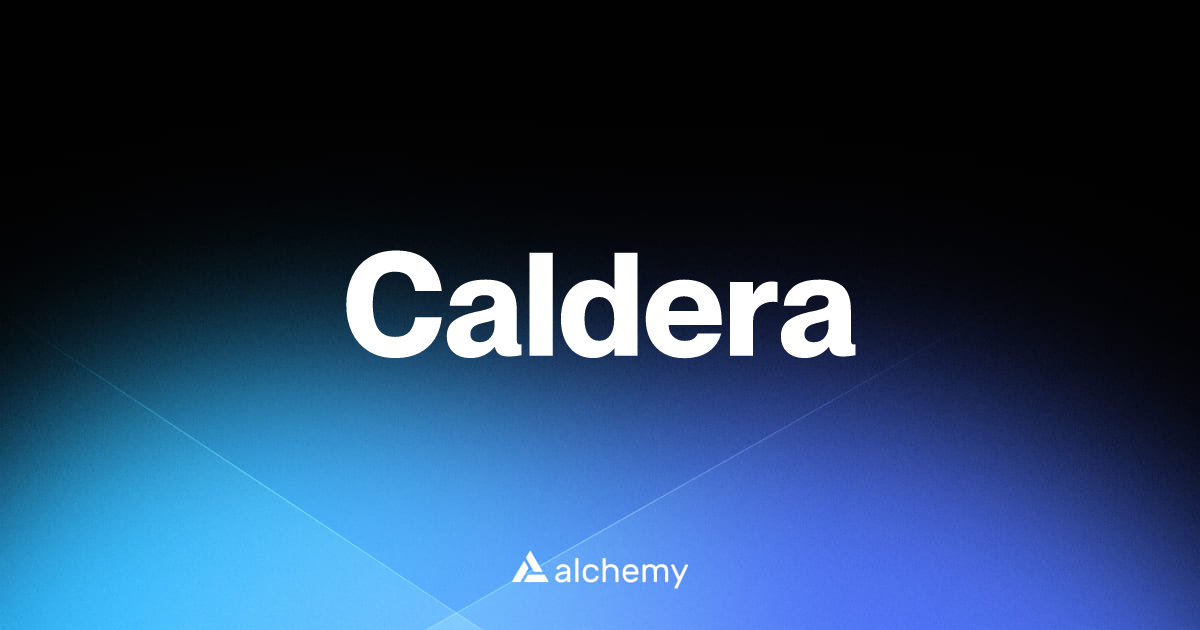
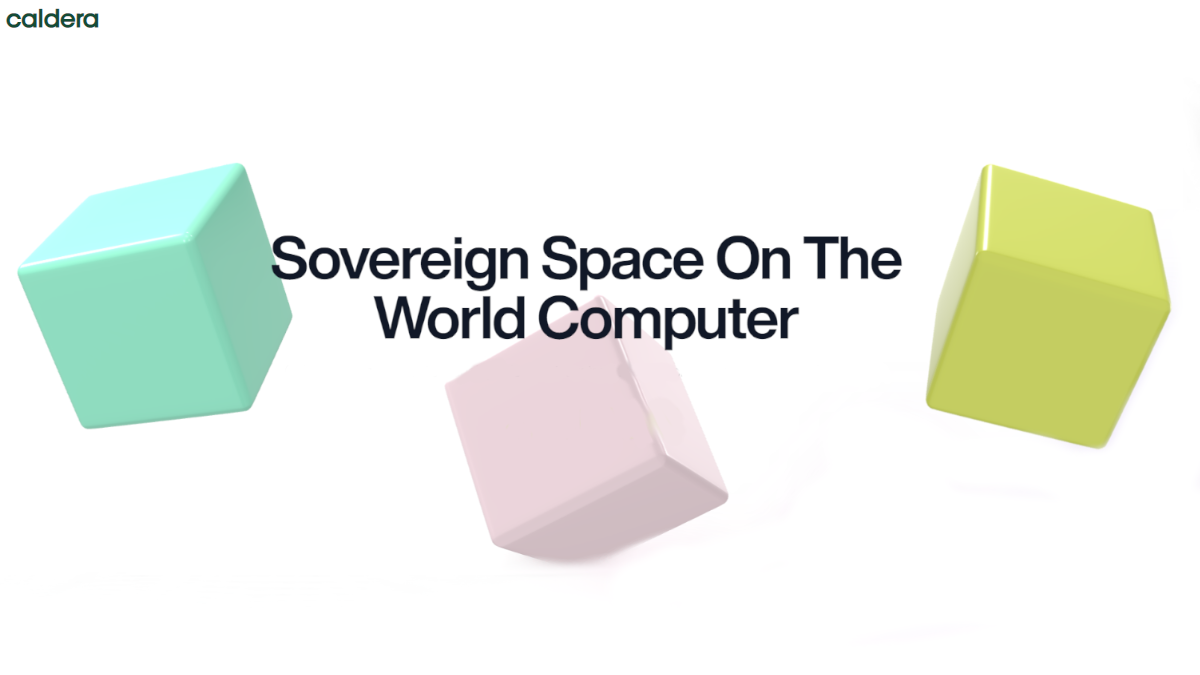

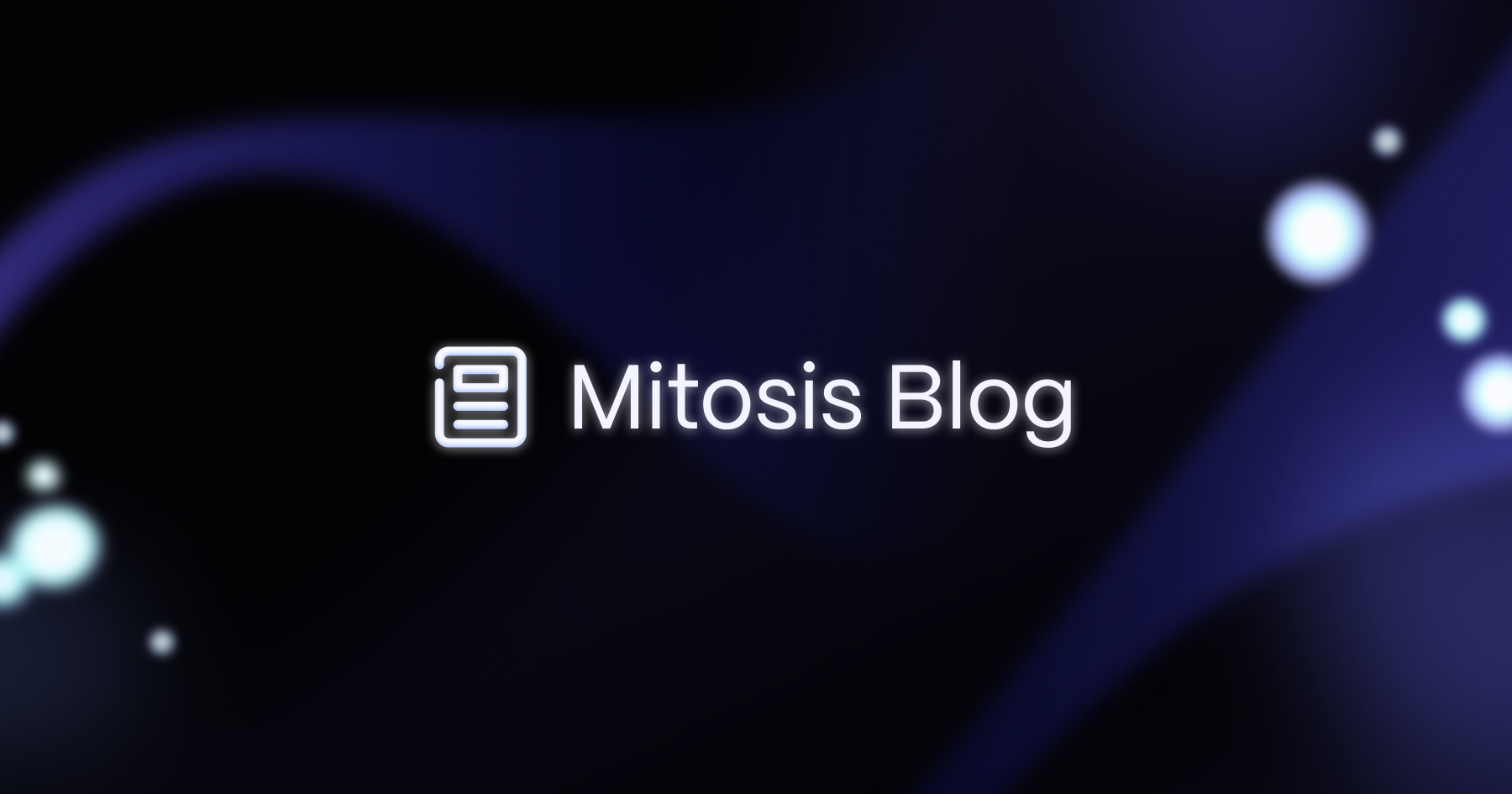


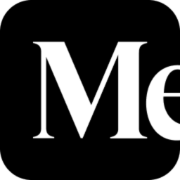


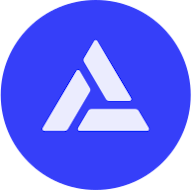



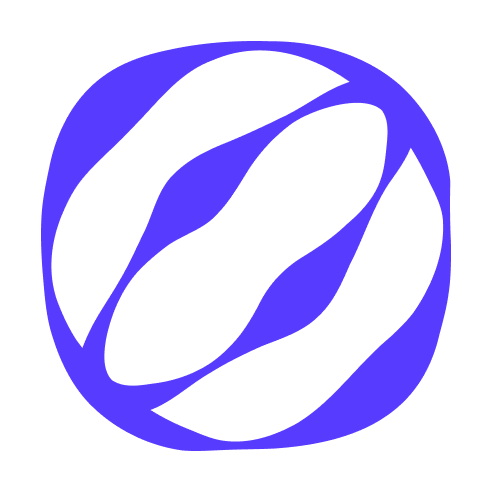

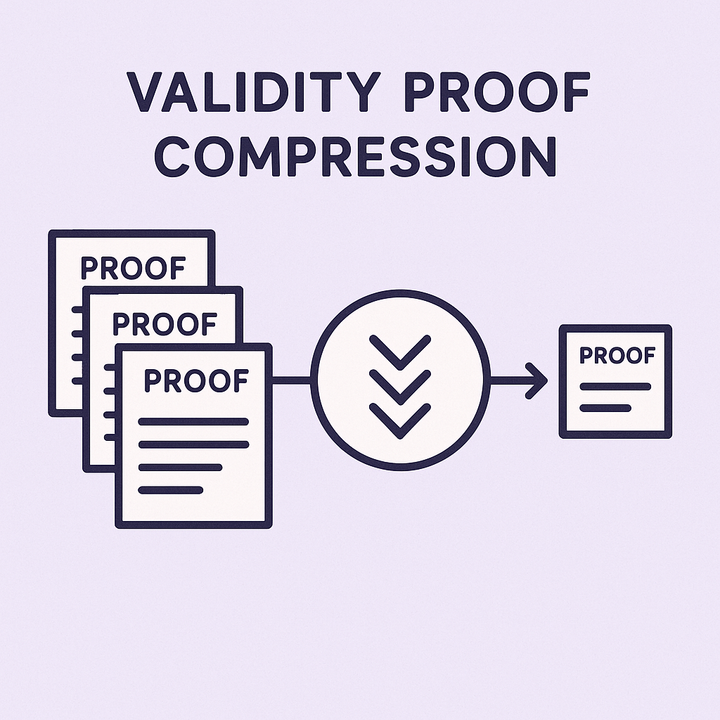
Comments ()